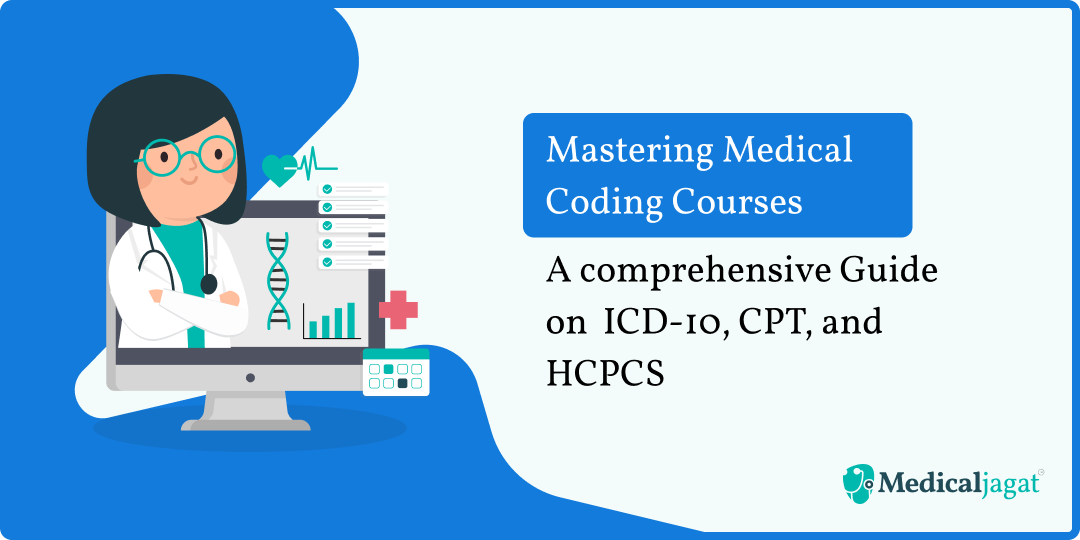
Education system has undergone numerous changes in recent days.The transitional method of learning has experienced significant enhancement since the introduction of digital technologies. Modern Education Systems like Gamification, Interactive Simulations come into play here. These techniques engage students deeply with the education system. The Gamification in Education technique educates students with fun activities. It makes the learning system more enjoyable, interactive and practical. Learners can memorize and retain knowledge easily as the learning strategy involves lots offun and active participation.It is an effective training tool to enhance modern teaching techniques
On the other hand, Interactive Simulation techniques present a real-life scenario ranging from healthcare to engineering. It explores different fundamental concepts, methodology in practical application oriented techniques.
Learning techniques in Modern Education System
It is an innovative, technology oriented, research based learning strategy. It is designed to make the education system more engaging, motivational andfun-driven for students.Furthermore, it is important to familiarize yourself with the Modern Education Systems for adopting advanced teaching methods. It is important to deliver effective instruction and make the learner engaged with the entire learning process to yield a better outcome. The application of advanced technology, video platforms enhance the learning experience.Modern Education Systems should be a perfect blend of innovation, technology and research. There are two popular approaches to modern teaching techniques i.e. Gamification and Interactive Simulation techniques. These techniques implement a diverse learning style, easy understanding of complex concepts, and a simple mechanism of retaining knowledge.
Gamification in Modern Education System
- Definition and Principles of Gamification
Gamification is the technique of integrating a series of activities with the help of gaming elements. It is a paramount to learning in the Modern Education System.The model of gamification classifies the gaming elements as “Actions” (Objectives of learning), “Social” (Competitive environment), “Mastery” ( Attaining Score), “Achievement” (Accomplishment and awards), “Immersion” (Role playing), “Creativity”( Innovative thinking).The core principle of Gamification in Education is motivation, engagement and rewards. Intrinsic or extrinsic motivation factors both play a crucial role in mastering new skills. Intrinsic motivation factors are like enthusiasm for learning new things, fun learning. Badges, points, awards play as extrinsic motivators in gamification. Interactive learning and active participation engages students and sustains interest in the learning stages. Rewarding technique gives immediate feedback on performance, gives recognition. It reinforces the positive attitude, willingness to reach milestones.
- Examples of Gamification Softwarein Education
various popular apps introduced for Gamification in Education. These platforms create the classroom environment for students. Students can create Avatars to earn points for achieving good results , positive attitude. Some apps create quizzes for students. Students need to answer those quizzes and learn to deal with a competitive environment. Language learning apps like Duolingo are also very beneficial for students in learning new languages in a simple way.
Interactive Simulations in Modern Education System
- Definition and Types of Interactive Simulations
Interactive simulation is a case study, in which the participants play a role in a dynamic environment with predefined responsibilities to perform certain activities for achieving predetermined goals. It provides an interactive design interface with a series of events or problems to the users. The users need to respond to the specified events and come to the end result. These simulation techniques help the learner to understand real-world processes, situations. It develops practical skills and explores complex concepts. In other ways, one candefine Interactive simulation as a hand-on experimental approach to learning.
Different simulation techniques like Monte Carlo simulation, virtual reality simulation, role playing simulation, virtual labs, scenario based learning are widely used methods introduced in the Modern Education System. Monte Carlo simulation is a statistical technique that uses the concept of random sampling to understand the variability or uncertainty of various scenarios.Virtual labs inculcate laboratory-based mechanisms and scientific experiments. Role playing simulation allows students to understand problem situations by performing a specific role. Scenario based simulation provides a case study with a problem, which the learner needs to solve. It fosters critical thinking and innovative idea generation capability.
- Examples of Interactive Simulations Software in Education
There are lots of practical based interactive simulation applications available to learners in the Modern Education System like PhET Interactive Simulations. PhET Interactive Simulations offers students Interactive simulation based learning on various disciplines like physics, chemistry and biology. Labster provides virtual lab experience covering various scientific courses. Kognito gives digital learning experience to improve mental health and well-being. It allows users to communicate with each other in different scenarios. Articulate 360 helps to build simple scenarios ranging from onboarding to security compliance. It has the facilities to generate interactive quizzes, activities to engage the learner.
Challenges and Considerations faced in Modern Education System
The Modern Education System faces the critical challenges in implementing technology-driven applications in gamification or interactive simulation. The resource and time constraints are one of the major challenges in this aspect. Many times the schools or students struggle to purchase gamification or simulation software for having higher costs. Apart from that, lack of clear definition, poor design interface, difficulty faced for technical glitches, complexity in developing and implementation are the challenges in Interactive Simulation and Gamification software. Many educators are often reluctant to adopt technological changes and it becomes a massive challenge for gamification or simulation learning. Professional development for technology integration is mandatory for educators to understand the design interface of gamification and simulation application. Moreover, phased adoption or dedicated supporting staff can resolve complexities in design and reduce cost.
Future of Modern Teaching Techniques in Modern Education System
In the era of Modern Education System, application ofartificial intelligence, augmented reality (AR), virtual reality (VR) can give better learning experience to the users. It is likely to overcome the resistance within the educators in adopting this untested approach of gamification in the classroom. Extensive institutional support in technology-driven application has a potential development opportunity for Gamification In Education system. There is a scope of creating a more interactive educational system by adopting a hands- on learning environment. Learners can experience a diverse learning style as per the need and preferences.
Conclusion
The application of Gamification in Education as well as introduction of Interactive Simulation reflects a significant change in the traditional education system. The interactive Simulation techniques give a real life scenario of problem to the learners to understand the practicality. On the other hand, Gamification provides deep insight of knowledge by presenting the complex concept in a fun-like atmosphere. Students get more engaged with the learning techniques and enjoy every stage of the Modern Education System. Embracing these teaching techniques can give educational success in the future. It is imperative to the educators and institutions to implement these modern teaching techniques to stay updated with the dynamic changing environment. The institutions should focus on allocating sufficient resources with infrastructure to introduce the technology-driven tools for better learning. With better infrastructure, the Modern Education System can have reduced cost of implementation. The skills and knowledge of students will be enhanced with the new technological platform. The traditional learning system will be equipped with motivation, engagement , and interactive skill development. The overall outcome of the education system will be a knowledge-driven successful technique.



